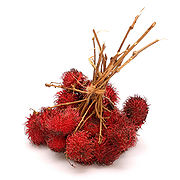
Rambutan
Rambutan, Nephelium lappaceum, is closely related to lychee and mamoncillo. It is native to Malaysia, but is cultivated in many areas of the world. In

Rambutan, Nephelium lappaceum, is closely related to lychee and mamoncillo. It is native to Malaysia, but is cultivated in many areas of the world. In
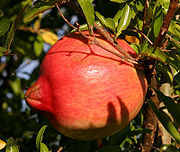
Pomegranate, Punica gran, is an ancient fruit native to Persia (Iran). It is both a tropical and sub-tropical plant that has been cultivated and naturalized
Pineapple, Ananas comosus, is native to Southern Brazil and Paraguay, and was passed along through indigenous tribes up to the Caribbean, where Columbus first encountered
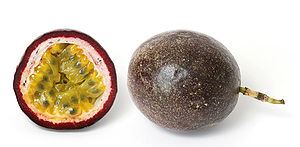
Passion Fruit, Passiflora edulis, known also as “‘Maracuya,” “Parcha” and “Maracuja,” is a delicious fruit that is native to Southern Brazil, Paraguay and Northern Argentina,

Papaya, Carica papaya, and of the genus Carica, is native to tropical Americas, from Southern Mexico, to Central and Northern South America. It was cultivated
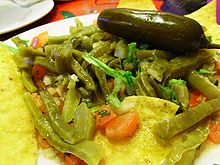
Nopal, Opuntia lasiacanta, is the paddle of the prickly pear cactus. The cactus itself is native to the Southern U.S., Mexico, and Central and South
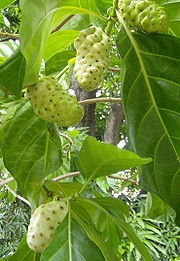
Noni, Morinda citrifolia, also sometimes called “cheese fruit” (or even “vomit fruit”) is native to Southeast Asia, but was spread spread throughout Oceania by the
Muskmelon, Cucumis melo is a species of melon that has evolved, through breeding, into a variety of the melons now grown worldwide. It originated in
Miracle Fruit, Synsepalum dulcificum, is a simple berry that looks like a pomegrante seed, and has the remarkable ability to turn the sour taste of
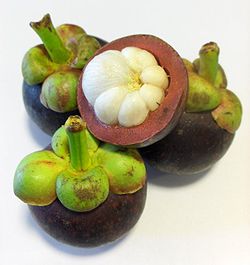
Mangosteen, Garcinia mangostana, also known as Purple Mangosteen, is usually referred to as mangosteen. It is a tropical evergreen tree that grows from 20-80 feet
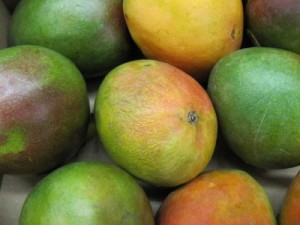
Mango comes from the genus Mangifera. It is indigenous to India, Pakistan, Bangladesh and Southeast Asia, and cultivated and distributed widely in the world. The
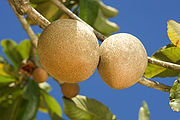
Mamey Sapote, Pouteria sapota, is native to Southern Mexico, Belize and Northern Guatemala, but is now cultivated in much of the Caribbean, Central America and
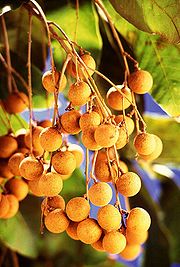
Longan, Dimocarpus longana, fruits are similar to lychees but come from a different family of plants, Sapindaceae. They are known in Chinese as “dragon eyes”
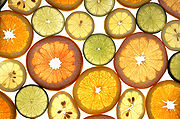
Lemon, Citrus limon, a most valued resource for culinary and medicinal purposes, is used in most parts of the world. Its origins are a mystery,
Durian, known in Southeast Asia as the King of Fruits, is a fascinating member of the genus Durio and the Malvaceae family. It has the
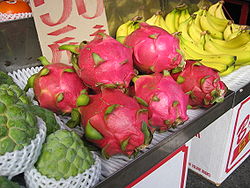
Dragon Fruit, also known as Pitaya, is the fruit from a variety of cactus species, primarily from the genus Hylocereus. They are similar to the
Carambola, also known as Star fruit, is the fruit of the Averrhoa carambola tree. It is native to Indonesia, India and Sri Lanka, and is
Dates come from the Date Palm, Phoenix dactylifera, a mid-size palm that frequently has more than one trunk growing from the same rootstock. Because it
Coffee (Coffea arabica) grows between the Tropics of Cancer and Capricorn in regions with abundant rainfall and temperatures that only occasionally dip below freezing. The
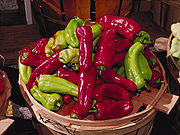
Chile Pepper, Capiscum, is also known also as chilli pepper, chilli, chili. For the purposes of this compendium, I have used the original “chile” as
© 2021. All Rights Reserved
Designed/Developed by Kat & Mouse